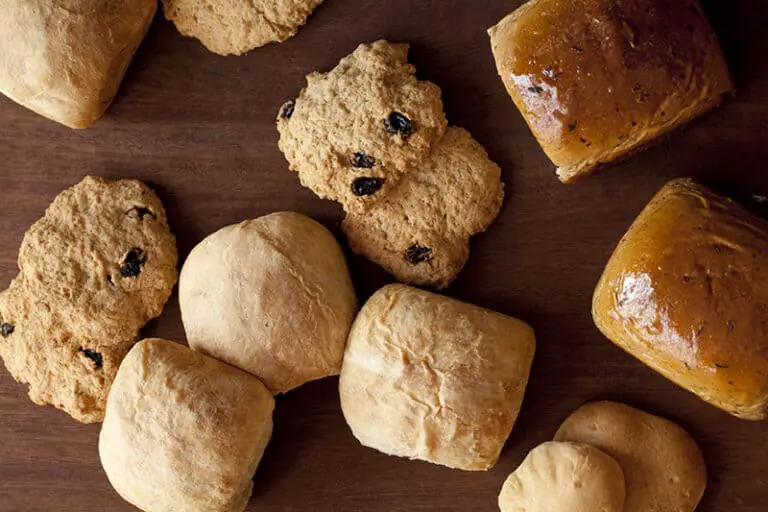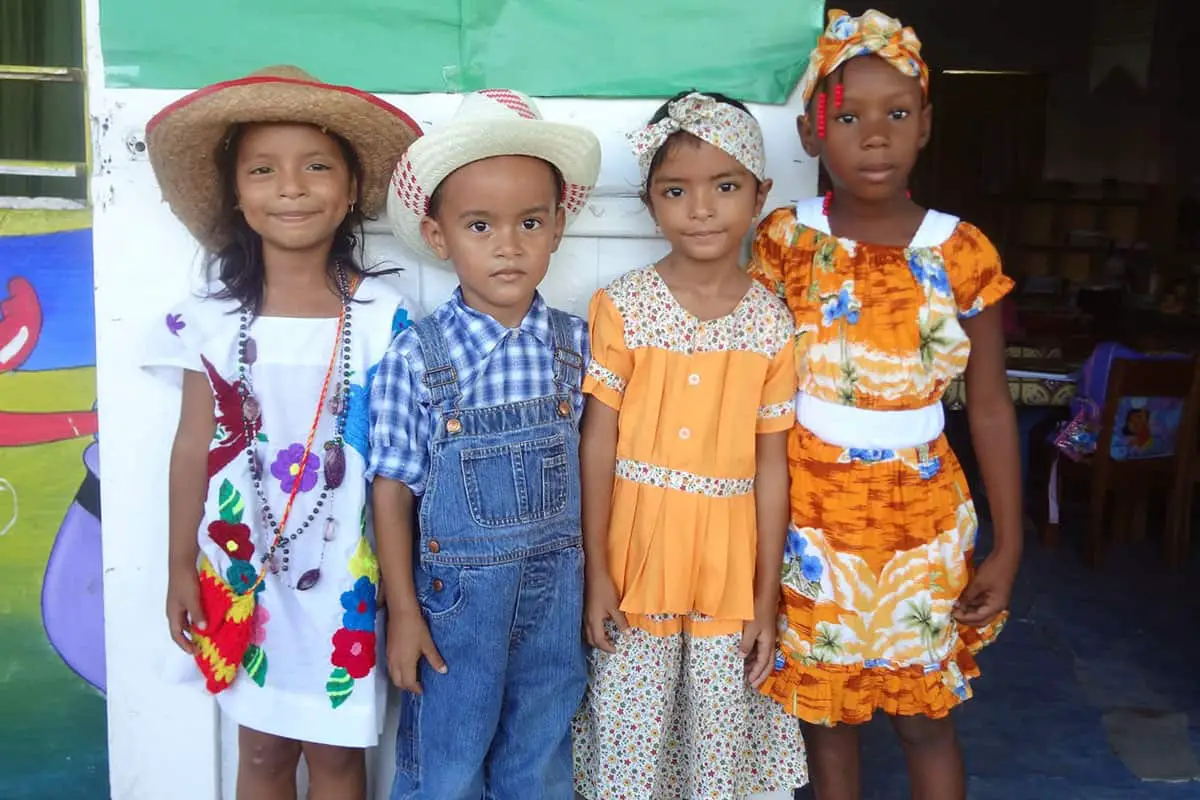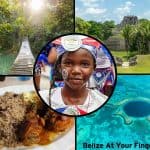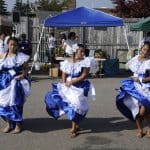If you’ve never been to the tiny Central American nation of Belize, you may not realize that it boasts a diverse culture and is home to people of various ethnicities. One of these peoples is the Belizean Creoles, also known as the Kriols.
Belizean Creoles are the descendants of enslaved African people – specifically, those from Sub-Saharan Africa. They were brought to what is now Belize by English settlers in the 18th and 19th centuries. They speak Spanish and English, as well as their own language, Belizean Creole.
This article will give you more information about Belizean Creole culture. I’ll give you a clearer understanding of their history, explain where they live in the country, describe their food and clothing, and more.
A Brief History of the Belizean Creole People
As mentioned above, Belizean Creoles are the descendants of enslaved African laborers. Their ancestors later intermarried with people of different ethnicities in Belize, including the English settlers who had enslaved them, who were themselves on the margins of White Belizean society.
Aside from intermarriage, many of the first Creoles were also born from the sexual abuse of enslaved women. That is, many of the mixed-race children of enslaved Africans and European people who were the first Creoles of Belize were conceived as a result of abuse.
Thus, Creole culture developed out of a combination of European cultures and the cultures of the African people they enslaved. Over time, Creoles became the majority of the Belizean population, at one time, comprising nearly 60% of all residents.
The enslaved Africans who were the ancestors of today’s Creoles came from numerous cultures. The largest groups included the Ashanti, the Igbo, the Ga, the Hausa, and the Ewe people, though there were also enslaved individuals from many other African cultures.
Combining these cultures with European settler culture created a uniquely Belizean Creole way of life.
Because they made up a significant portion of the country’s population, Creoles were also at the forefront of political movements in the country. For instance, they were at the forefront of the People’s United Party, the first political party in the country. Several prominent politicians in the country are Creole, including former prime minister Dean Barrow.
Though the Creoles once made up a majority of the country’s population, immigration into the country from other Central American countries has reduced their relative strength in recent years.
Another factor contributing to their declining dominance is the emigration of large numbers of Belizean Creole people to North America. Notably, many Belizean Creoles migrated to North America and the UK following Hurricane Hattie in 1961.
Today, Belizean Creoles make up 24-25% of the country’s population.
Where in Belize Do Most Creoles Live?
Creoles live throughout Belize. They initially settled in places where there was a lot of work, including Belize City, Belmopan, and Dangriga (formerly Stann Creek Town).
Today, these areas are still home to large numbers of Creoles. Other areas with significant Creole populations include:
- Crooked Tree Village
- Placencia
- Monkey River
- Burrell Boom
- Lemonal
Outside towns and cities, many Creoles also live in the many villages along Sibun and Belize rivers.
Belizean Creole Food
Creole food is a mainstay of Belizean cuisine. Staples found in both cuisines include rice and beans, fish, meat, and bread.
Some dishes popular among the Belizean Creole include:
- Wild game meats: Common Belizean game meats that non-Belizeans may not know about include peccary, an animal that resembles wild pigs, and gibnut, a rodent that is found near water and is nicknamed the “royal rat.”
- Sere: This is a coconut fish soup that is popular in both Garifuna and Creole cuisine.
- Creole bread: This is a popular baked bread made with coconut milk. Other popular Belizean Creole baked goods include powder buns, Creole buns, and Johnny cakes.
- Conch soup: A soup made with the meat of the queen conch, a local snail.
- Cow foot soup: As the name suggests, this is a soup made with cow’s feet. Many Creole people swear by it as a hangover remedy.
- Local wines: Belize is famous for its local wines. Popular Creole wines use ingredients including cashew nuts and blackberry.
- Wangla: This is a local candy popularly sold by street vendors. It is made of sesame seed, better known as wangla seed in Creole – hence the name.
- Boil up: Many people consider boil up to be Belize’s national dish. Also known as bile-up, it is made with eggs, fish, pigtails, yams, cassava, plantains, sweet potatoes, and tomato sauce. It’s a highly customizable dish, and people often change ingredients depending on their tastes.

Other Elements of Belizean Creole Culture
- Clothing: In general, the Belizean Creole people wear Western clothing
- Music: Music is an integral part of Belizean Creole culture, and some popular dances include the gombay, named after an African musical instrument used to create the music to which the dance is danced, and bramming, a dance form performed alongside brokdong music.
- Beliefs: Creole beliefs are similar to those held by other people in Belize, including a belief in the supernatural folkloric creatures sisimito and Tata Duende. Additionally, the Creoles also believe in Anansi, the trickster spider who is the Akan God of Stories and Wisdom, thanks to their African roots.
- Language: Though English is the national language of Belize, and many Creoles speak English, they also speak Belizean Creole. An English-based language with West African influences, it is widely spoken in the country and is either the first or second language of most Belizeans.
How Did Central American Immigration Impact Belizean Creole Culture?
The influx of Central American immigrants Belize has had a notable impact on Belizean Creole culture. The blending of traditions, languages, and cuisine has enriched the cultural landscape of Belize. Central American immigrants have contributed to the diversity and vibrancy of Belizean society, shaping its unique Creole culture.
Final Thoughts
The Creole people of Belize are descendants of enslaved West Africans brought to the Central American country by English settlers. The original enslaved people had children with people of other ethnicities, including European slave-owners, producing mixed-race children who were the first Creoles.
Today, Belizean Creoles make up 24-25% of the country’s population and are a prominent force in Belizean politics.





